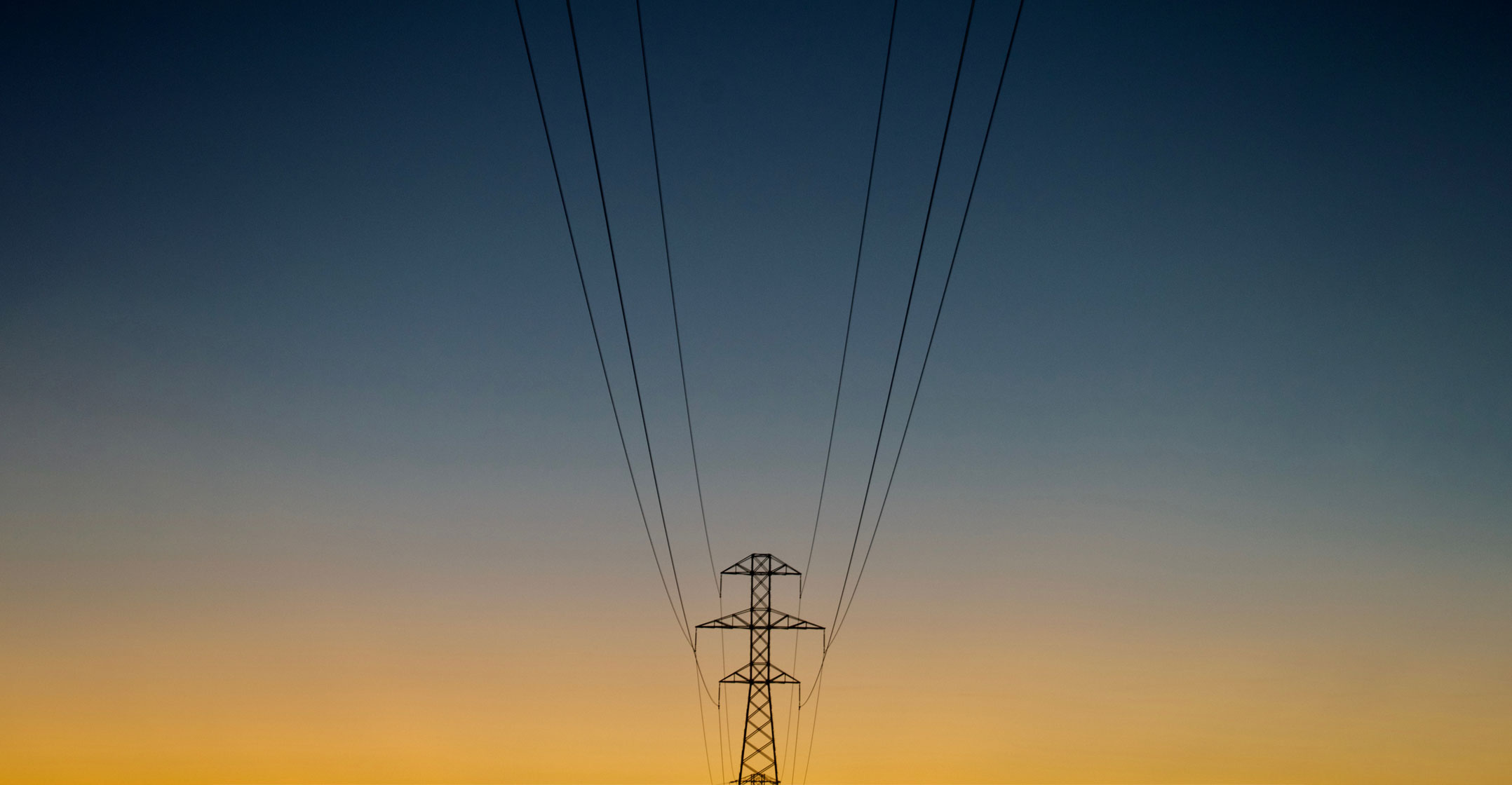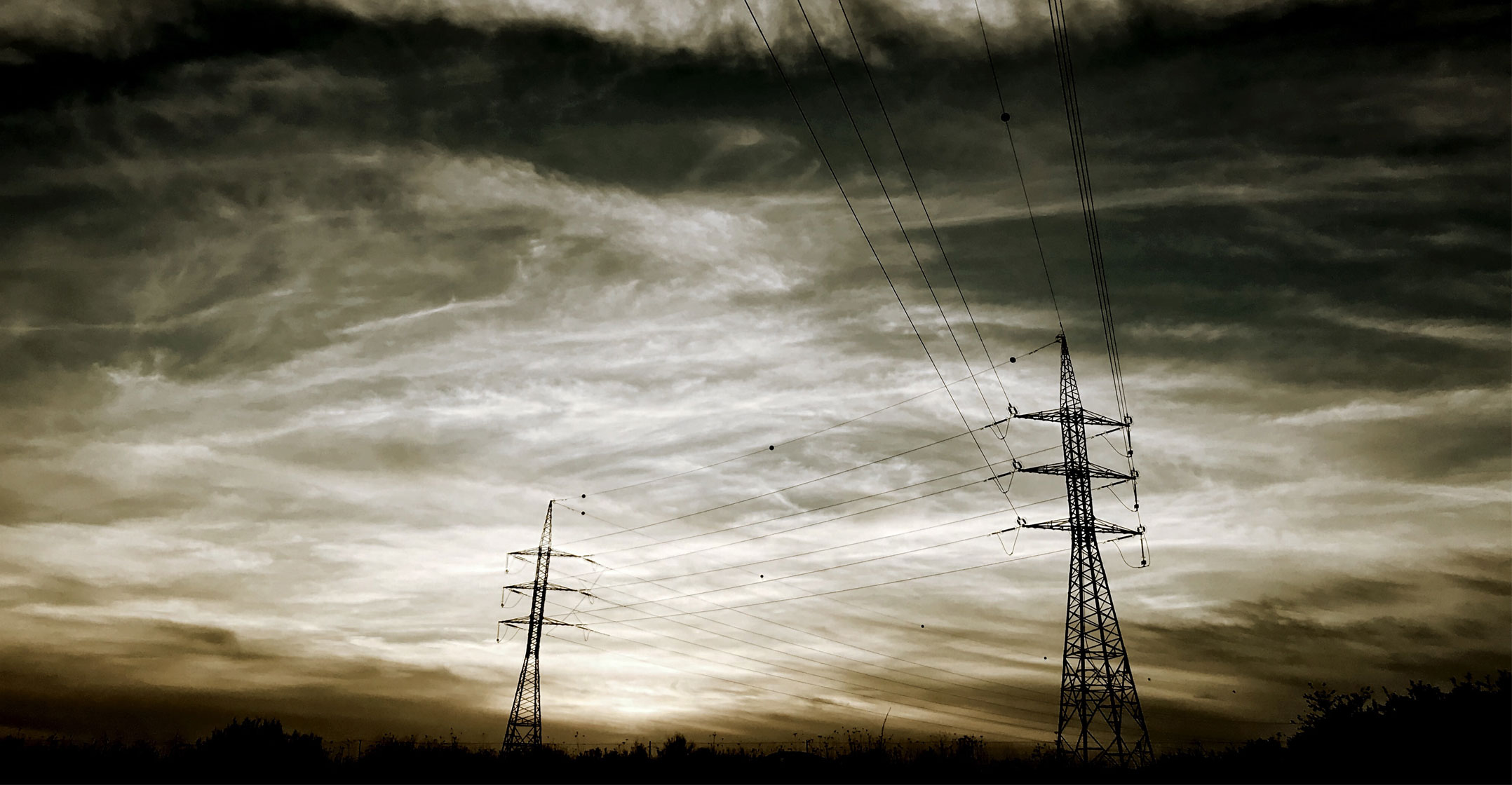 South Africa is once more experiencing bouts of load shedding. Eskom recently admitted that the interruptions are likely to persist for as long as the next five years. This is because of the increased downtime of the rapidly ageing fleet of coal plants. But it is also due to delays in setting up new power plants.
South Africa is once more experiencing bouts of load shedding. Eskom recently admitted that the interruptions are likely to persist for as long as the next five years. This is because of the increased downtime of the rapidly ageing fleet of coal plants. But it is also due to delays in setting up new power plants.
The decreasing performance of the existing Eskom plants is evident in the steady decline of the energy availability factor. This is a measure of the percentage of total electricity generated compared to what would be achieved when every plant was functioning. The energy availability factor is currently at about 65%. This means that, on average, 35% of Eskom’s power plants are standing idle at any particular time due to faults or maintenance.
In his 2021 state of the nation address, President Cyril Ramaphosa offered an action plan to develop additional power generation capacity in the short to medium term. While these interventions are indeed critical, they don’t go far enough to reach power stability.
The government has since announced eight successful bidders for gas, wind and solar projects under the 2GW Risk Mitigation Independent Power Producer Procurement Programme. In theory, bidders are required to be able to generate electricity by August 2022. But given that solar and wind farms typically take two years to become operational, the stipulated roll-out time is too short. Most of these projects will only be supplying the grid in 2023.
The Renewable Energy Independent Power Producer Procurement Programme is a mechanism initiated 10 years ago under which private developers competitively bid for the rights to construct new electricity generating plants and then sell the electricity to Eskom at predetermined rates.
Bid windows
The programme successfully established South Africa’s renewable energy sector through three bid windows. But it stalled after 2015 when these new technologies began to threaten the interests of politically well-connected interest groups in the coal and nuclear sectors. Projects for a fourth bid window finally received clearance in 2018 following the departure of former president Jacob Zuma, but enthusiasm for renewables has waned again under the current minister of mineral resources, Gwede Mantashe.
The long-awaited fifth round has just been announced after inexplicable delays. Prospective solar and wind farm developers have until August 2021 to submit bids for projects generating in total 1.6GW of wind and 1GW of solar capacity.
The successful bidders may be announced before the end of the year but will need to demonstrate financial closure before starting to construct facilities. Renewable builds typically take about two years to complete. This means the round-5 projects are likely to come into operation only in 2024. That is two years later than set out by the 2019 national electricity plan.
 The 2.6GW added to the system in round 5 are with intermittent technologies. They only function when the sun is shining or the wind is blowing. They will therefore only be adding, on average, slightly under 1GW. That’s too little to overcome the existing power deficit.
The 2.6GW added to the system in round 5 are with intermittent technologies. They only function when the sun is shining or the wind is blowing. They will therefore only be adding, on average, slightly under 1GW. That’s too little to overcome the existing power deficit.
The last (2019) instalment of the South African Integrated Resource Plan for Electricity envisaged between 1.6GW and 2.6GW of renewable capacity added to the grid almost every year from 2022 to 2030. With the existing delay, the process to effect upcoming annual additions must be accelerated.
But an early catch-up is unlikely, because the minister only committed to one further renewables round, of the same scale, “within the next 12 months”. It’s therefore expected that future rounds will only happen annually, with no more that 2.6GW being rolled out each time.
At that rate the wind and solar power contributions to South Africa’s electricity will remain below 10% of the national total for several more years. Renewables won’t make a decisive impact to alleviate the country’s power shortage for at least five years.
In addition to the emergency and new renewable rounds, Mantashe has announced that procurement for 1.5GW of new coal plants and 3GW of gas plants will begin soon.
In view of their role in global warming, sentiment against new coal plants is now so strong that investment in such projects is extremely unlikely. Nuclear plants are not seen favourably globally either because of their high building costs and a reputation for severe construction delays. Gas is viewed as more attractive, but is an expensive energy source that is mainly envisaged as a backup for emergency situations.
None of these technologies offers rapid solutions.
Small-scale solar
It’s not expected that sufficient alternative power sources will be operational until about 2026. Power cuts look set to stay for the coming years.
On the positive side, this is likely to act as a catalyst for growth in small- to medium-scale solar installations. These may take the form of domestic rooftop installations or even mini power plants on the roofs of shopping malls or adjacent to mines and industrial plants. Municipalities will also soon be able to set up their local power generation facilities.
So some may escape the power cuts earlier – but investment in such solutions is only for those who can afford it.![]()
- Written by Hartmut Winkler, professor of physics, University of Johannesburg
- This article is republished from The Conversation under a Creative Commons licence

